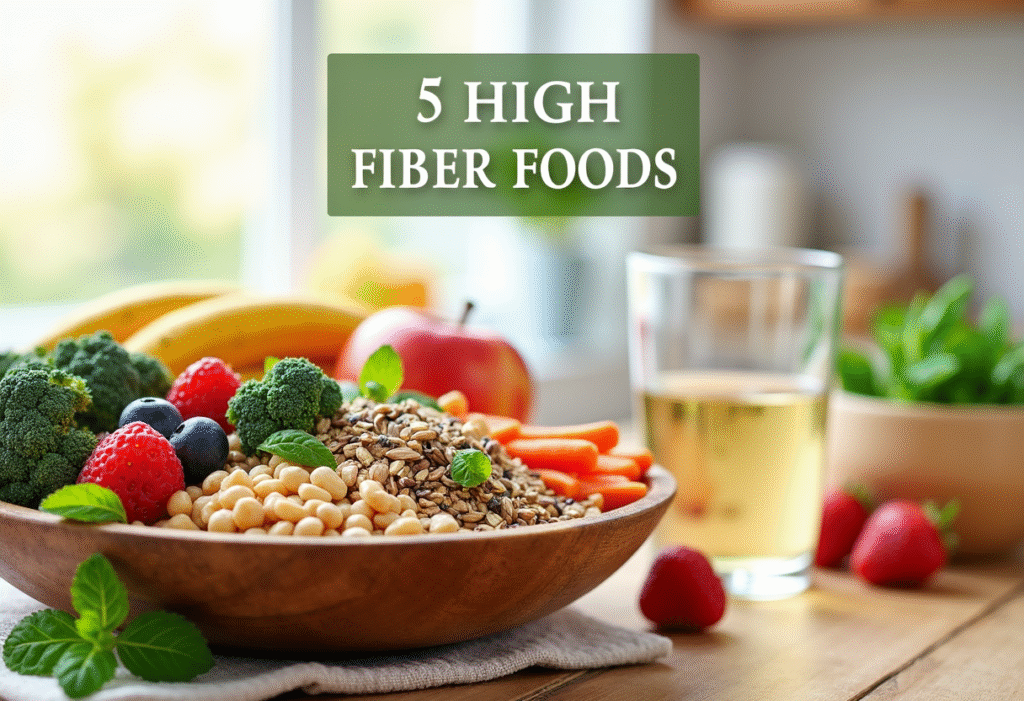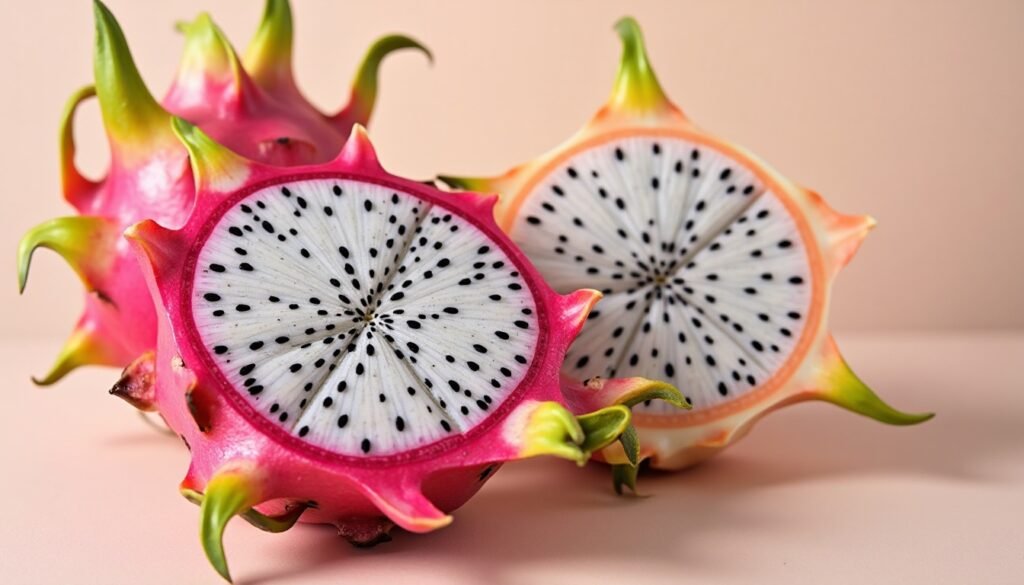Introduction to High-Protein Fruits
When you think about protein sources, you almost never think of fruits. However, protein and a variety of other nutrients are found in many fruits. People following a flexitarian or plant-based lifestyle should look for multiple sources of protein. high-protein Fruits can make your meals delicious, fiber-rich and hydrating, but they won’t replace meat, dairy or other high-protein fruits. Protein helps build muscle, repair tissues, produce enzymes and build a strong immune system. Tofu, lentils, meat, fish, eggs and other plant-based options are most people’s go-tos.
High-protein fruits don’t provide a lot of protein alone, but they provide a lot, especially when combined with other nutrient-rich ingredients. They’re good to eat as a snack, as a whole meal or with a high fiber foods like nuts or yogurt.
In the blog we discuss the top 10 high-protein fruits explore their nutritional benefits and explain in easy way to incorporate them into your diet. Whether you want more plant-based protein or just want new idea for healthy eating, these fruits are a great additional to your routine
Table of Contents
What Makes a Fruit “High-Protein”?
Fruits are not generally considered a rich source of protein. They provide the most natural sugars, vitamins, antioxidants and hydration. Different fruits are high in protein. These high-protein fruits contain between 1 and 3.5 grams of protein per 100 grams, which is less than legumes or meat, but adequate as part of a balanced diet.
The amount of protein in fruit can be affected by several factors. Moisture is one. Dried fruits, such as raisins, dates and apricots, contain less water, which makes them more nutritious, especially high-protein fruits.
How you use high-protein fruits is also important. Combining high-protein fruits with other top 5 high fiber foods can increase their effect. For example, a smoothie with chia seeds and guava or dates with nut butter can create a protein-rich breakfast. high-Protein Fruits will not replace primary protein sources, but they do boost intake, add variety, and support many nutrients.
Including 1-2 servings of high protein fruits daily in a plant-forward meal plan can be a wise and sustainable solution. That why high-protein fruits are important in life
Top 10 High-Protein Fruits
Let’s explore the top 10 high-protein fruits, ranked for their nutritional profile and versatility:
1. Guava – 2.6g protein/100g
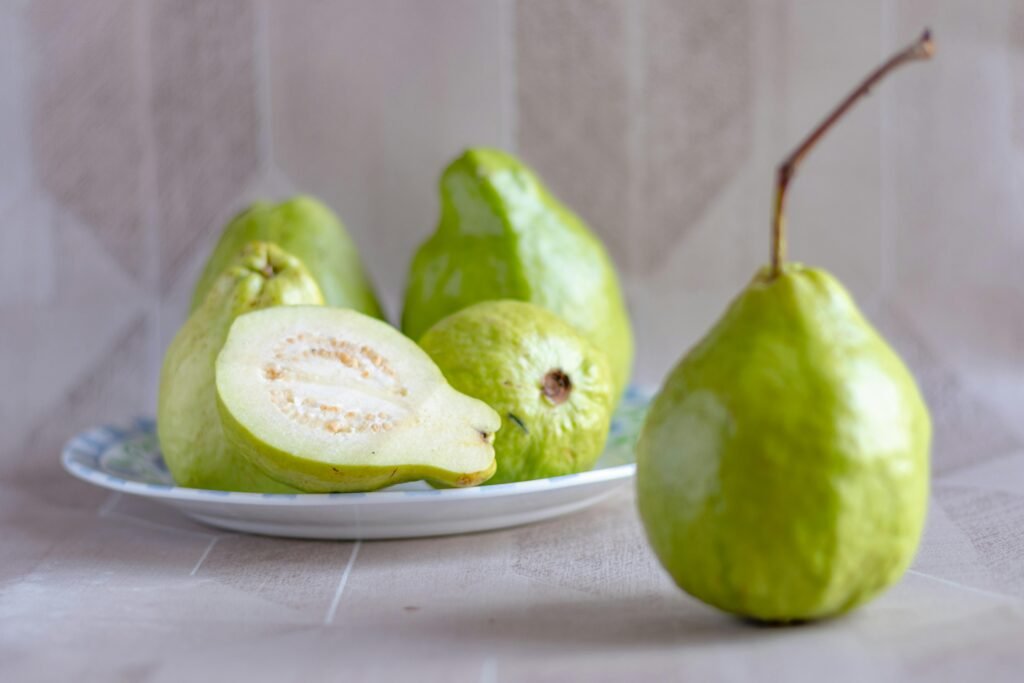
A tropical fruit powerhouse, guava is frequently overlooked due to its high level of protein. Guava ranks first among fruits having the highest protein content, with roughly 2.6 grams per 100 grams. It is also incredibly high in vitamins, folate, and nutritional fibers. More than double the recommended daily amount (RDI) of vitamin C which is promotes good skin and immunological function, is found in one guava. Its strong antioxidant concentration also lowers the risk of long-term illnesses by preventing oxidative stress.
Guavas are a great option for people with diabetes or looking to enhance gut health because of their fiber, which also helps with digestion and blood sugar regulation. It won’t raise your blood sugar levels because it has a low glucose index and little calories. Guava has a wide range of uses. You may create your own guava juice, combine it into fruit smoothies, slice it into a salad, or eat it fresh with the skin on (for additional fiber). For a tasty snack, some cultures sprinkle it with salt or chile powder.
2. Avocado – 2g protein/100g

In addition to their heart-healthy fats, avocados provide a substantial protein boost—two grams per 100 grams. It’s amazing for a fruit! Avocados contain vitamins E, C, and many B vitamins, fiber, potassium, magnesium, and monounsaturated fats in addition to protein. Their excellent fats help lower bad cholesterol (LDL) and maintain healthy blood pressure, making them especially useful for heart health.
Avocados promote heart health, hydration of the skin, eye health (because to lutein and zeaxanthin), and may even lessen inflammation because of their antioxidant content. Their high fiber content (about 7g per 100g) aids in digestion and promotes fullness, both of which aid in weight control
3. Dried Apricots – 3.4g protein/100g
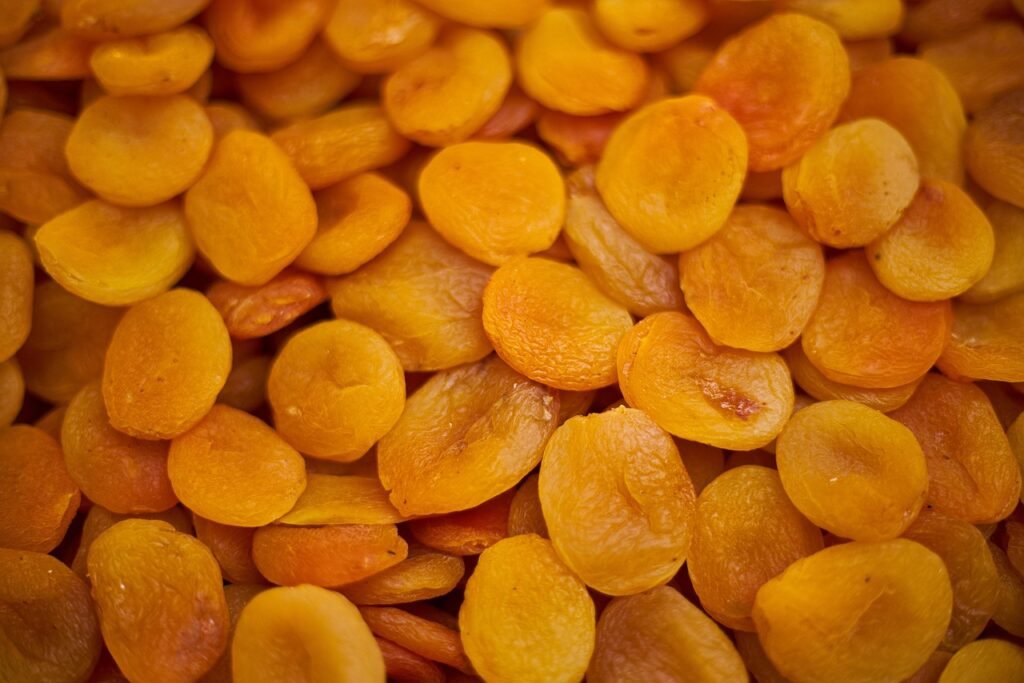
Dried apricots contain 3.4 grams of protein per 100 grams. The water is removed during drying, making the nutrients, including protein, more concentrated. I They are especially beneficial for vegans and people suffering from iron deficiency or anemia.it is helpful to gain protein
They are also great for sweet snacks and desserts because they are delicious. Despite their sweet taste, they have a low glycemic index and provide a steady energy release. Dried apricots can be added to trail mix, yogurt, couscous, oatmeal or salads for a sweet-salty flavors.
They are also great in making baking and work well with seeds and nuts to make a high protein shake at home. In easy way They are a perfect choice for anyone looking to boost their protein and micronutrient intake.
4. Raisins – 3.1g protein/100g
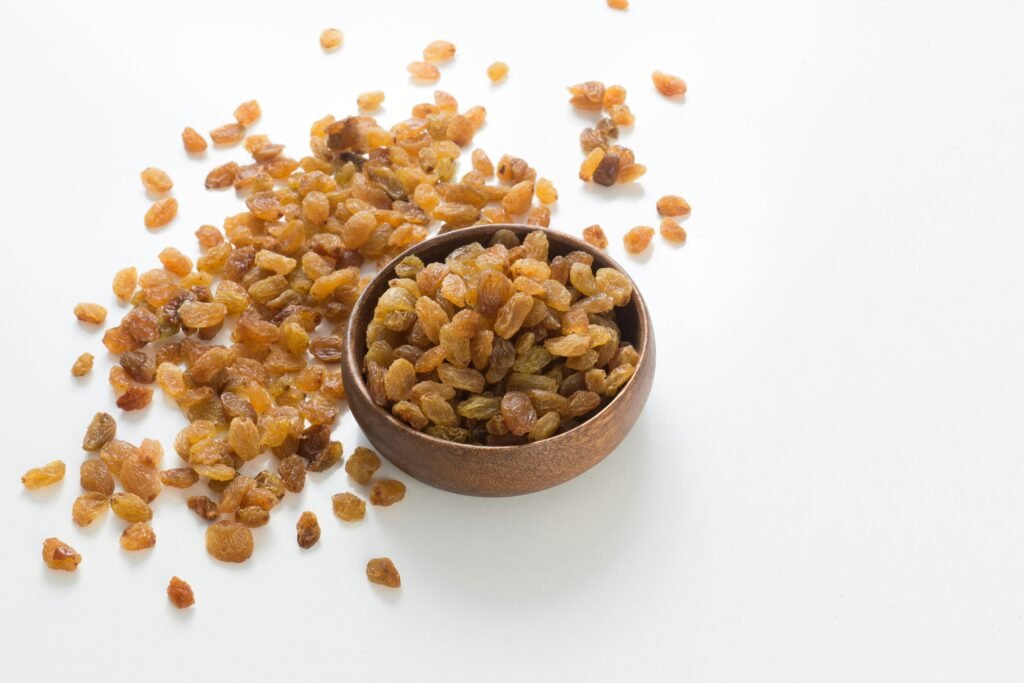
Though modest in protein content, when combined with other plant-based sources like nuts or seeds, it increases Raisins also provide natural sugars for quick energy, which makes them popular among athletes or those who need fast fuel.
Raisins have potassium, which helps with muscle function and fluid balance, and iron, which supports the production of red blood cells। Raisins also contain phytochemicals, which support heart health and protect cells from free radical damage
The fiber content of raisins improves digestion and regulates bowel movements. Its sweetness, compared to processed foods, can reduce your sugar cravings. In addition to baking raisins into muffins and breads, they can be mixed with nuts for trail mix, tossed into salads, or added to oatmeal. They also complement rice pilaf and couscous. Raisins are a great way to get more protein at work, school, or on the go because they are portable, shelf-stable, and don’t need to be refrigerated.
5. Blackberries – 2g protein/100g
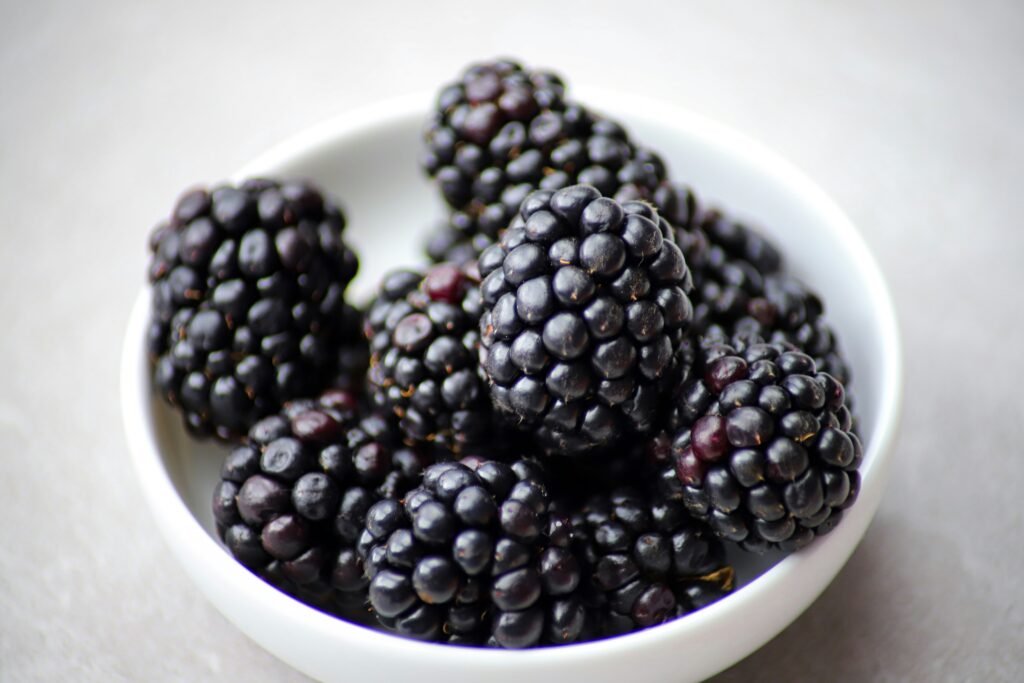
Blackberries have two grams of protein per 100 grams. This makes them a berry rich in protein, as well as many other nutrients such as vitamin C, vitamin K, fiber and antioxidants.
They are known for their deep purple color, which is an indication of high amounts of anthocyanin, a powerful antioxidant that reduces inflammation and protects cells from oxidative damage. very useful.
These berries are extremely versatile. Eat them fresh, add them to protein shakes or smoothies, sprinkle them on yogurt or oatmeal, or bake them into breakfast bars or high protein muffins. They are also good to add to pancakes or fruit salads as they are naturally sweet.
Blackberries are a great fruit to eat if you want to control blood sugar or reduce your intake of refined sugar as they are low in sugar but very nutrient-packed. Plus, they are low calorie and hydrating, so are good for people looking to control weight.
6. Oranges – 1g protein/100g

While oranges are known for vitamin C, they also provide about 1 gram of protein per 100 grams, which contributes to your daily diet when eating them regularly. Oranges are rich in flavonoids, potassium, folate and fiber in addition to protein. Iron absorption, collagen production and immune health are said to be supported by their high vitamin C contents. Oranges contain soluble fibers which aids digestion and controls cholesterol. There is natural sweetness and juicy texture make them one of the most delicious and refreshing fruits
The antioxidants in oranges may support heart health by reducing inflammation, reducing oxidative stress, improving blood vessel function and lowering blood pressure. Being over 85% water, they help keep you hydrated while providing a light but nutrient-rich meal.
Oranges do a lot of good: eat them as a whole fruit, slices, juice or even peeled in recipes. Add orange slices to salads, smoothies or yogurt for a tangy flavor. Pair them with iron-rich foods to boost iron absorption; this is beneficial for those on a vegan or vegetarian diet.
7. Bananas – 1.1g protein/100g
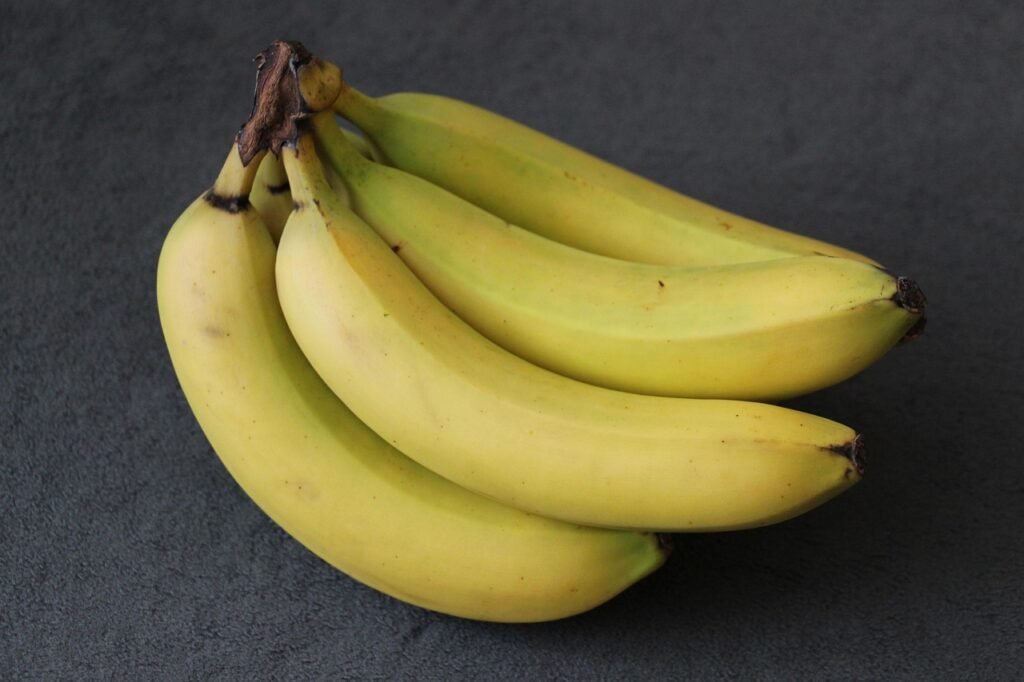
Known for their energy-giving carbohydrates, bananas also contain about 1.1 grams of protein per 100 grams. But bananas aren’t the basic source of protein they provide a combination of nutrients that complement a balanced, high protein fruits.
Rich in potassium, bananas help maintain your blood pressure, nerve function and muscle health. They also contain manganese, dietary fiber, vitamin B6 and vitamin C, which aid digestion and make you feel full.
They’re good for the heart because they’re low in fat and sodium, and the resistant starch in unripe bananas can improve gut health by feeding good bacteria. Vitamin B6, which helps the body make serotonin, is found in bananas, which improves mood.
They’re also very versatile. Slice bananas into oatmeal or cereal, blend them into smoothies, bake them into protein muffins or pancakes, or just eat them plain. Eating a banana with a protein-rich food like Greek yogurt or peanut butter keeps you satiated and balances your macronutrients.
8. Kiwi – 1.1g protein/100g
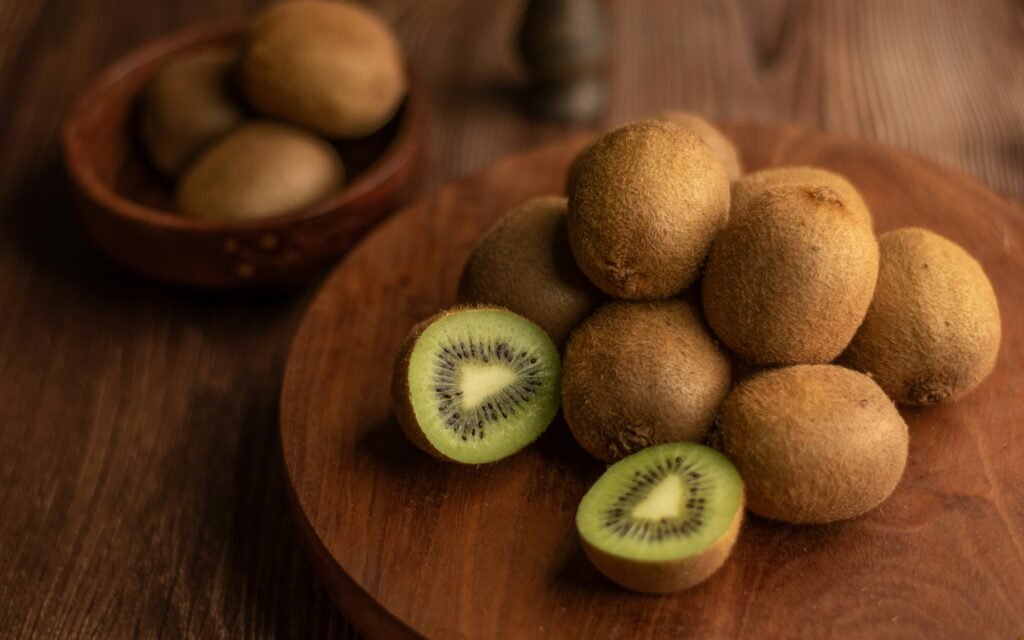
Kiwi is a nutritious little fruit. 100 grams of kiwi fruit contains about 1.1 grams of protein, as well as plenty of vitamin C, vitamin K, potassium, fiber and antioxidants. Its bright green flesh is both sweet and tart, making it a refreshing addition to any meal or snack.
Kiwi’s vitamin C content, which is higher than most citrus fruits, is important for protecting immunity, building collagen and excreting iron. An enzyme called actinidin may help with digestion, especially of protein, in kiwi.
Its combination of fiber and water promotes digestion and satiety. The black seeds in the fruit provide omega-3 fatty acids, which boost its heart-healthy properties. Granola, chia pudding, and kiwi yogurt would work well for a high-protein breakfast or snack.
Its bright color and flavor pair well with sweets, salsas, and savory dishes. By adding kiwi to your diet, you’re not only taking in protein, but vitamins and antioxidants too.
9. Jackfruit – 1.7g protein/100g

Jackfruit, a tropical fruits is becoming popular as a meat substitute, especially in vegetarian and vegan recipes. With about 1.7 grams of protein in 100 gm, jackfruits provides a lot of nutrients and protein, which is quite substantial for a fruit fiber. The large, spiky fruit has a yellow fleshy pod that can be eaten raw when ripe or cooked when young.
The potassium in jackfruit helps with heart health and blood pressure control. Its antioxidants help reduce inflammation, while the fiber improves digestion. Ripe jackfruit can be added to smoothies or desserts, but young green jackfruit can be added to tacos, stir-fries, sandwiches, and curries. Jackfruit is versatile, so it’s a great choice if you want to diversify your protein sources.
10. Dates – 2.5g protein/100g
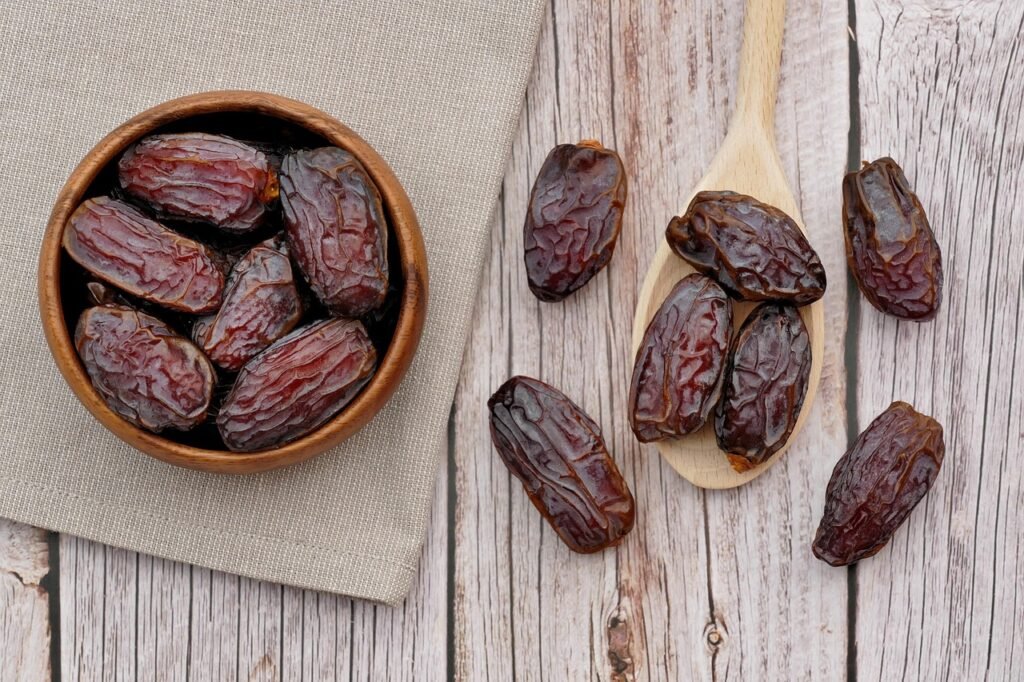
Dates are a sweet, chewy fruit that is often associated with desserts yet, with 2.5g of protein per 100g, dates are great for nutrition. Their high fibre content aids digestion and provides a healthy sweetness. Dates support the heart and muscles and replenish electrolytes, especially after exercise. The iron content also benefits those at risk of anaemia, especially when combined with vitamin C-rich foods fibers
Dates are quite versatile blend them into energy balls, top them with nut butter or almonds, or eat them as a natural binder in protein bars. They also taste good in sugar or syrup. They satisfy sweet cravings, provide energy and nutrition. Dates improve digestion, provide energy and protein—especially when combined with nuts or seeds. Its very testy sweetness and high-Protein fruits
How to Use High-Protein Fruits in Meals
High-protein fruits can be incorporated into all meals of the day. Here are some tasty and simple ways to enjoy them:
- Smoothies: For a potent combination, add spinach, guava, banana, and avocado along with a scoop of organic protein powder.
- Snacks: For a filling midday snack, combine kiwi and blackberries with a few nuts or seeds.
- At breakfast: add banana slices, and chopped apricots that have been dried, and honey on top of porridge. Or use granola, guava, and kiwi to make a fruit bowl.
- Main Meals: Jackfruit can be used in pulled “pork” meals, stir-fries, and tacos.
Adding these high-protein fruits into your meal routine is a delicious way to sneak in more protein and enjoy greater food variety.
Tips for Getting More High-Protein Fruits Daily
Want to get more high-protein fruits? It takes creativity and consistency. Start with visualization—keep washed berries or sliced fruit in a clear container at eye level in the fridge. Make a batch of dried fruit like dates or apricots, then bring them to work or school. They’re light, not perishable and satisfying.
You can also add a handful to homemade granola bars, oatmeal or salads. Combinations are key. Dates stuffed with peanut butter and banana or almond butter make a simple, high-protein fruits packed snack.
Switch up your methods to avoid boredom. When in season, try tropical trees like jackfruit or guava. Mixing up a variety of nutrients will keep you interested for longer. You can also make high protein fruits based meals start the day with a fruit smoothie, snack on dates or kiwi and end with a salad containing avocado or raisins. Remember, these fruits aren’t the most protein-rich foods, but they help create a balanced, nutrient-rich diet. Boosting smoothies with a mix of high-protein fruits and protein powder or oats.
Conclusion: high-Protein Fruits, Big Nutrition.
High-Protein fruits will be a small but mighty part of your diet toolkit. They offer an easy and delicious way to boost your nutrition levels especially when combined with other whole foods. They are good for rounding out your meals and supporting your overall health, but won’t replace protein like legumes or tofu. Fruits like guava, avocado, and dried apricots also give you protein, fiber, vitamins, minerals, and antioxidants. It’s best to incorporate them because it’s so easy.
These high-protein fruits add flavor and variety to meals making healthy meals delicious, not tolerable. Don’t aim for perfection. Start small Choose one or two protein-rich fruits a week. Slowly, these small choices can make a significant difference in the way you function and feel. So the next time you shop, focus on what’s most important. Look for these nutrient-packed fruits and make your meals protein-packed. for very high-proteins fruits for the diets. that why high-protein fruits are important in your daily life.



